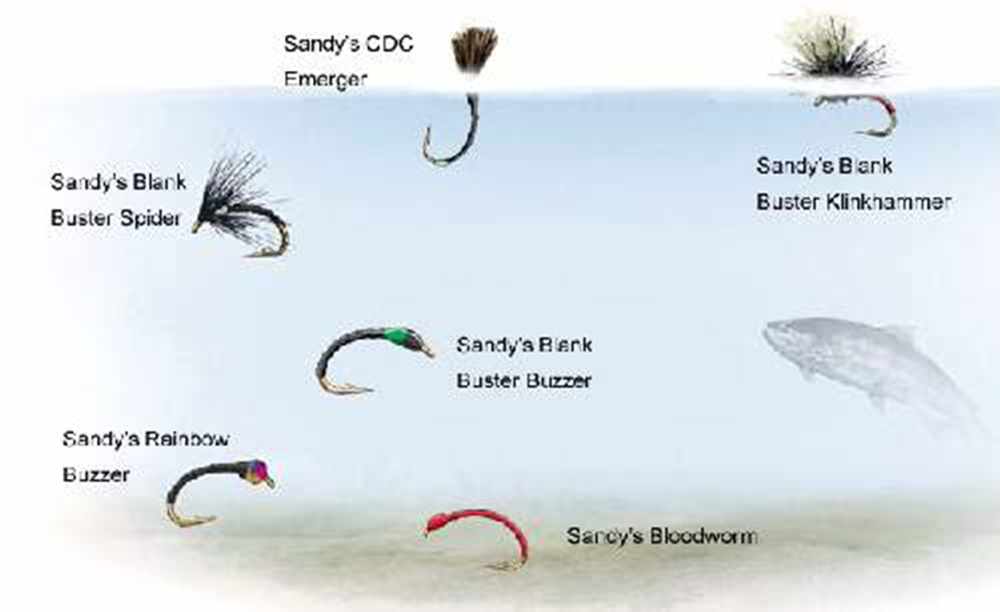Choosing Trout Wet Flies
 In making the choice between trout wet flies and a dry flies the secret is to keep your eyes open. Watch for the slightest dimpling of the water. You might use a dry fly pattern when you see a trout rising during a hatch of natural insects. But there are times when, though there appears to be some activity on the surface, the trout will not be tempted by a dry fly. In spite of your best efforts, and no matter how precisely the dry fly imitates its live counterpart, the fish will simply not be fooled. So you need to outsmart it. The remedy in such a case is to use a wet fly.
In making the choice between trout wet flies and a dry flies the secret is to keep your eyes open. Watch for the slightest dimpling of the water. You might use a dry fly pattern when you see a trout rising during a hatch of natural insects. But there are times when, though there appears to be some activity on the surface, the trout will not be tempted by a dry fly. In spite of your best efforts, and no matter how precisely the dry fly imitates its live counterpart, the fish will simply not be fooled. So you need to outsmart it. The remedy in such a case is to use a wet fly.
Many wet flies with their soft game bird hackles have the mobility required in the water. These pulsate and kick in the current, making the fly seem lively and thereby attracting trout with their movement. In this they demonstrate two key properties: they seem alive, and temptingly edible. One of the recognised authorities on the wet fly, T.E. Pritt, in his book Yorkshire Trout Flies, has had a long lasting effect on wet fly fishing right to the present day. Other writers whose works you might want to seek out are: John Jackson (Practical Fly Fisher); W. Blacker (The Art of Angling and Complete System of Fly Making and Dyeing of Colours); and Michael Theakston (British Trout Flies).
And of course we’d love to get your feedback to our blog on your experiences using trout wet flies.



















